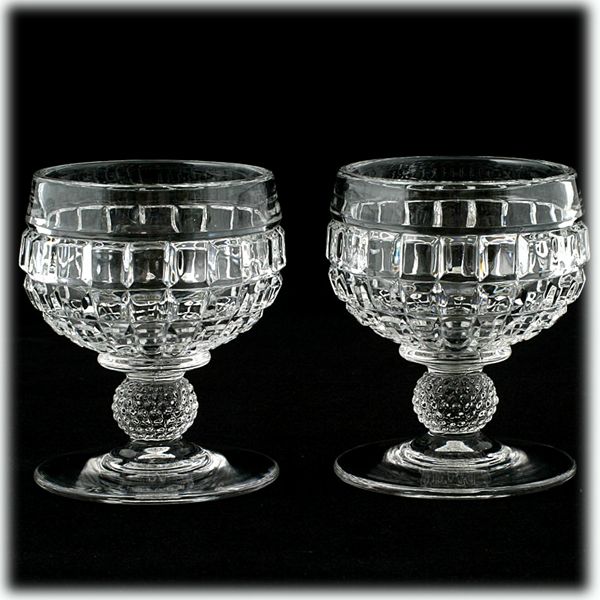Fruit Cocktails
The fourth section under SERVING FRUIT in the 1929 Book of Good Meals devotes itself to Fruit Cocktails. Perhaps not so popular of a dish overall, nowadays, fruit cocktails were definitely popular for decade upon decade, at least in the states. And of course, if you live in the south, fruit cocktails are still quite the thing. If you never had any at home, at the very least I’m sure you enjoyed (or didn’t) the school cafeteria fruit cocktails served at least once a week. And if you walked down the canned fruit isle, you will still find a plethora of fruit cocktail choices to chose from.
Thankfully, a cheap canned fruit cocktail is not our only choice. Fruit cocktails can me made with any combination of fresh fruits available from your yard, local farm or farmer's market, or grocer. And, with the variety of fruits available now year round, fresh fruit cocktails can be had even in the dead of winter.
What makes a fruit cocktail:
The difference between a fruit cocktail and a fruit salad is, for one, the size of the cuts of fruit used. By definition, a cocktail is an appetizer made by combining pieces of food, such as fruit or seafood. So all the fruits in your fruit cocktails should be cut into tiny bite sized or half bite sized pieces (so that a few pieces can be eaten at once). And no skin is left on except on cherries or grapes.
Another difference is that fruit salads tend to be on the sweeter side. A true fruit cocktail should be on the tart side. It is prepared with fresh or canned fruit, either by using a single tart fruit or a combination. The combinations are innumerable, but they should always contain some tart fruit.
The juice may be poured over the fruit and in this case it is eaten with a spoon; if no liquid is used, a fork is preferable.
On Serving Fruit Cocktail:
It is important that fruit cocktails be served either in glass bowls or on glass plates, depending on whether they are served with juice or not.


